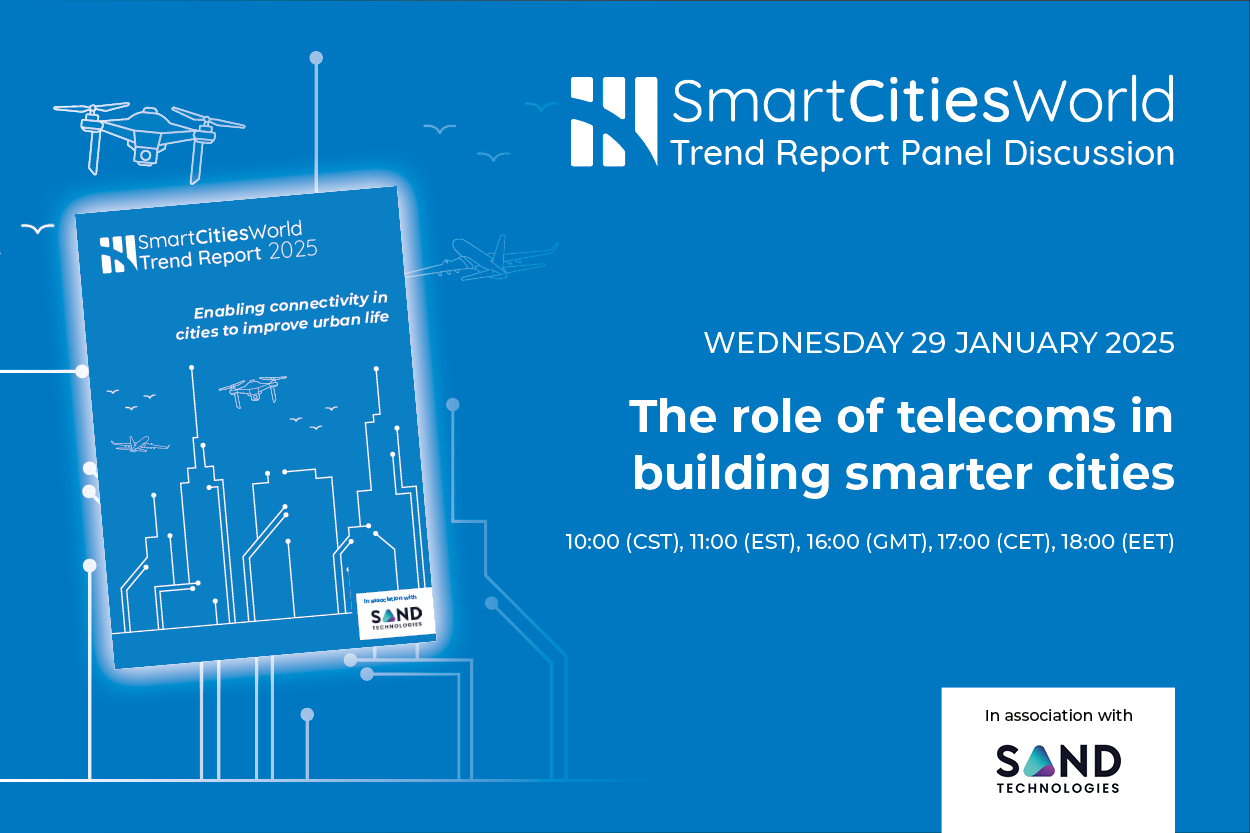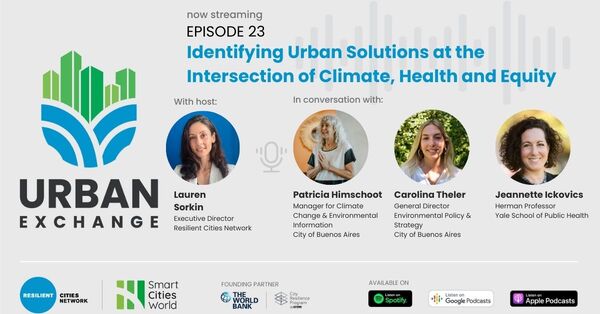Special Reports
SusHi Tech Tokyo 2024: experience ‘Tokyo 2050’ todaySponsored by The SusHi Tech Tokyo 2024 Showcase Program Executive Committee
WATCH - Reinventing infrastructure in the smart city
Doing more with less requires a fresh approach to city strategies.
Many governments are looking to revitalise infrastructure in the wake of the Covid-19 pandemic. A smart move because without solid infrastructure in place, a city can never truly be considered smart.
SmartCitiesWorld recently met with Rashesh Mody, SVP and Head of Monitoring and Control at AVEVA, to discuss the changing face but enduring importance of infrastructure.
Below is a short extract of the conversation. The answers have been edited for clarity and length.
SmartCitiesWorld: How is technology changing infrastructure in general and smart cities specifically?
Rashesh Mody, AVEVA: From the smart cities perspective, visibility is what absolutely drives excellence. Data, analytics, information, connecting equipment, assets, people, side processes, all of these are extremely important in the smart city domain. Technology enables them to do more with less. If you look at the key elements of governance, change management, communication and collaboration, all of this can be leveraged by applying technology at the right place.
SCW: In terms of revenue generation and R&D, how important are smart cities for AVEVA itself?
Mody, AVEVA: It’s absolutely our mission to provide sustainable and continuous growth in manufacturing, operations, engineering, and infrastructure industries. If you look post-pandemic, a lot of governments are putting significant amounts of investment in upgrading infrastructure. There are a lot of new greenfield sites, new cities and new urban planning coming up.
We see this is an very big growth market for us. Infrastructure and smart cities are all about sustainability and help in providing better, safer, reliable and more efficient experiences for citizens. From our perspective, we enable all the different cities and infrastructure projects by connecting assets, operations and people and providing better services.
SCW: What do you see as the biggest challenges smart cities are going to face in the coming years?
Mody: The majority of cities face the question of how can we do more with less? The second part of the challenge is existing infrastructure. How do you manage to tap all those existing infrastructure and existing investment and get more out of it? How do I improve reliability? How do I improve safety? How do I improve the throughput of what assets are held? Third is this whole issue of urbanisation of so many places, how do I provide better services and better quality of life to my citizens, whether it’s a commute time, it’s air quality, it’s sustainability, it’s water quality, everything is very important.
From the AVEVA side, our mission is to provide safer, more reliable, more efficient services by digitally connecting people assets, operations, and IT systems. We can help many, many cities in implementing digital resiliency.
SCW: What are your predictions for the smart utilities sector?
Mody: It’s embracing the digitally intelligent and more efficient future, using key technologies. How do I take advantage of analytics [for example]? Because I would like to be able to see every usage of city service, every aspect of my operations and maintenance. Or how do I have better autonomous operations based on artificial intelligence? How do city operations continue to grow and do more with less resources? Technology will play such a big role - IoT edge sensing getting all data together centrally will also be important to make decisions.

















